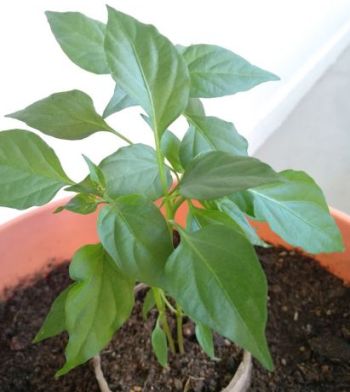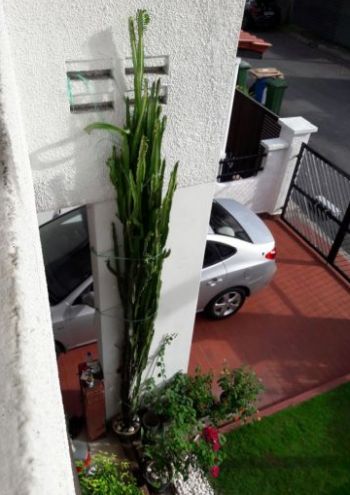Gardening FAQ #19 – What You Need To Know
In this article, we share how to deal with aphids infection, what is true cactus and much more. Let’s go through the common gardening FAQ, problems and solutions you need when growing your plants either indoor and outdoor.
Chilli plant infested with aphids – a common question in gardening FAQ
 The new leaves of my chilli plant are infested with tiny bugs. I have washed them off, but they keep reappearing. What are they and how do I get rid of them? Also, I have grown this pomegranate for some time and recently discovered other plants in the pot. What are they and are they useful?
The new leaves of my chilli plant are infested with tiny bugs. I have washed them off, but they keep reappearing. What are they and how do I get rid of them? Also, I have grown this pomegranate for some time and recently discovered other plants in the pot. What are they and are they useful?
The pests are aphids – sap-sucking insects whose activity can cause young leaves to become distorted. In large numbers, they weaken your plants.
In small infestations, you can first use a jet of water to wash them off.
Organic pesticides can help in more severe infestations – summer oil or neem oil can be sprayed on the plant to suffocate the pests. Repeated applications are needed to keep the pest population in check.
Inspect your plants regularly for any issues and act promptly.
The plant growing next to your pomegranate appears to be a type of ginger. Break a bit of the leaf and smell it – leaves of ginger species contain aromatic oils and will emit a pleasant scent. From the appearance of the leaves, the young plant could be turmeric.
Euphorbia trigona is not a true cactus
 This cactus has been with me for more than 14 years and is now 4m tall. What is its name? In recent months, some parts at the lower end of the plant have turned brown. Is this a sign of decay? I have treated it with pesticides.
This cactus has been with me for more than 14 years and is now 4m tall. What is its name? In recent months, some parts at the lower end of the plant have turned brown. Is this a sign of decay? I have treated it with pesticides.
The plant is botanically known as Euphorbia trigona.
Its common names include the African milk tree and Abyssinian euphorbia. Although it has sharp spines, it is not a true cactus.
It exudes a white, milky, poisonous sap when injured, which can cause skin irritation. Avoid any skin contact with its sap and do not let it get into the eyes.
The brown exterior on the older part of the plant is expected with age.
The brown portion should neither be soft and mushy due to rot nor become infested with scale insects, which can appear as brown raised spots that can be scraped away easily with the fingernail.
The top part of the healthy stem can be cut and propagated into new plants if you want a shorter plant or when the lower part of the plant becomes unhealthy.